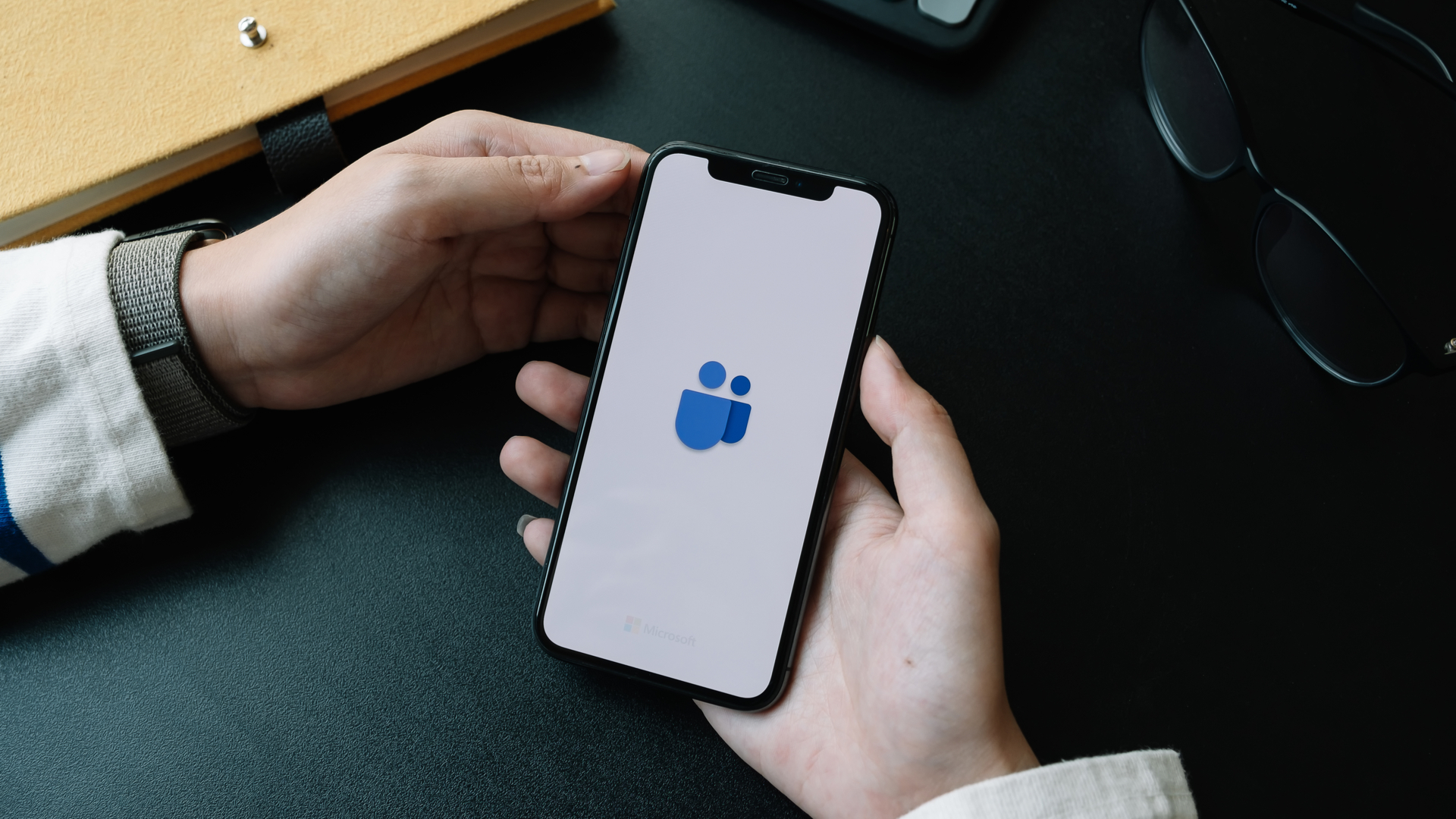Microsoft Teams is no longer such a battery hog
Microsoft reveals just how it helped Teams run faster

Making calls on Microsoft Teams is no longer a massive drain on your PC or laptop, the company has claimed.
The video conferencing software now requires up to 50% less power to run during "energy-intensive" scenarios such as multi-person meetings than it did 18 months ago, Microsoft has revealed.
This is thanks to a series of changes and optimizations that should mean an end to battery-sapping video calls that can leave remote workers scrambling for their charger, or being forced to go on mute as their work laptop fans kick into overdrive.
Microsoft Teams battery life
"One of the challenges brought on by the ubiquity of Teams is the need to create equitable experiences across an incredibly diverse Windows device ecosystem," Microsoft's Robert Aichner wrote in a blog post outlining a series of improvements made since June 2020.
Aichner noted that the moves should also allow users on low-end devices to have a much better experience running Microsoft Teams, meaning no one should suddenly drop out on calls, and ensure Teams meetings are as energy-efficient as possible, regardless of setup.
This has been a long process, with Microsoft continuing to optimize Teams as user numbers boomed during the pandemic amid work from home orders.
This has included camera optimization tools to reduce the demands on using video in meetings, with tweaks such as improving configurations, reducing code complexity for auto-exposure, auto-white balance, auto-aliasing, resulting in power draw reduction from the onboard camera and stability enhancements, and face detection processes.
Are you a pro? Subscribe to our newsletter
Sign up to the TechRadar Pro newsletter to get all the top news, opinion, features and guidance your business needs to succeed!
Microsoft has also consolidated and improved video rendering, particularly in multi-person video meetings where different participants may join with wildly different video streams due to variations in hardware. This initially meant that a nine-person call using a 3x3 video grid required nine distinct rendering operations, but Microsoft combined the streams and composed them into a single video, significantly reducing the power requirements for each device used.
More recently, Microsoft Teams has also been allowed to tap into a device’s GPU to support improved rendering performance, which has recently been expanded to the user's video preview as well.
Aichner adds that this is not the end for Teams optimization, and the company hopes to continue to release new features and improvements for some time to come.
- Here's the best online collaboration tools around

Mike Moore is Deputy Editor at TechRadar Pro. He has worked as a B2B and B2C tech journalist for nearly a decade, including at one of the UK's leading national newspapers and fellow Future title ITProPortal, and when he's not keeping track of all the latest enterprise and workplace trends, can most likely be found watching, following or taking part in some kind of sport.